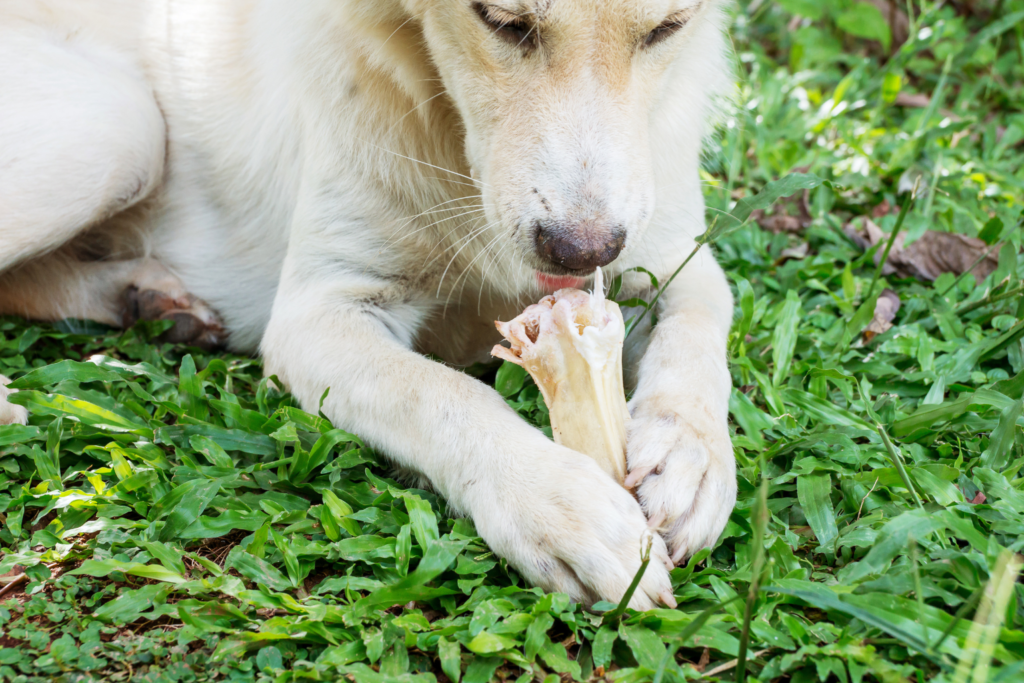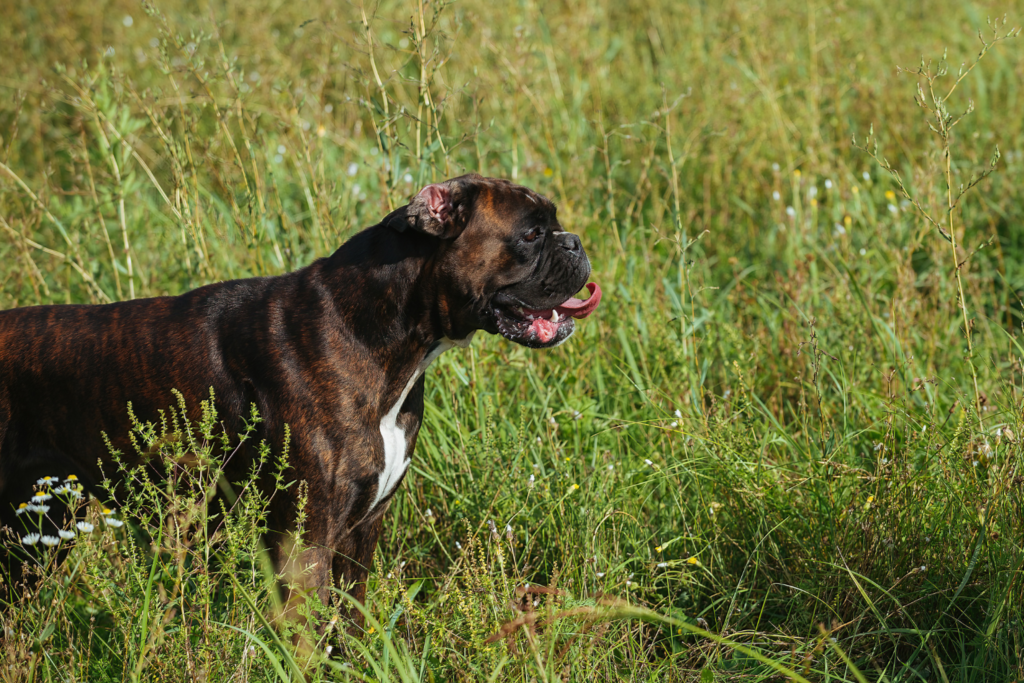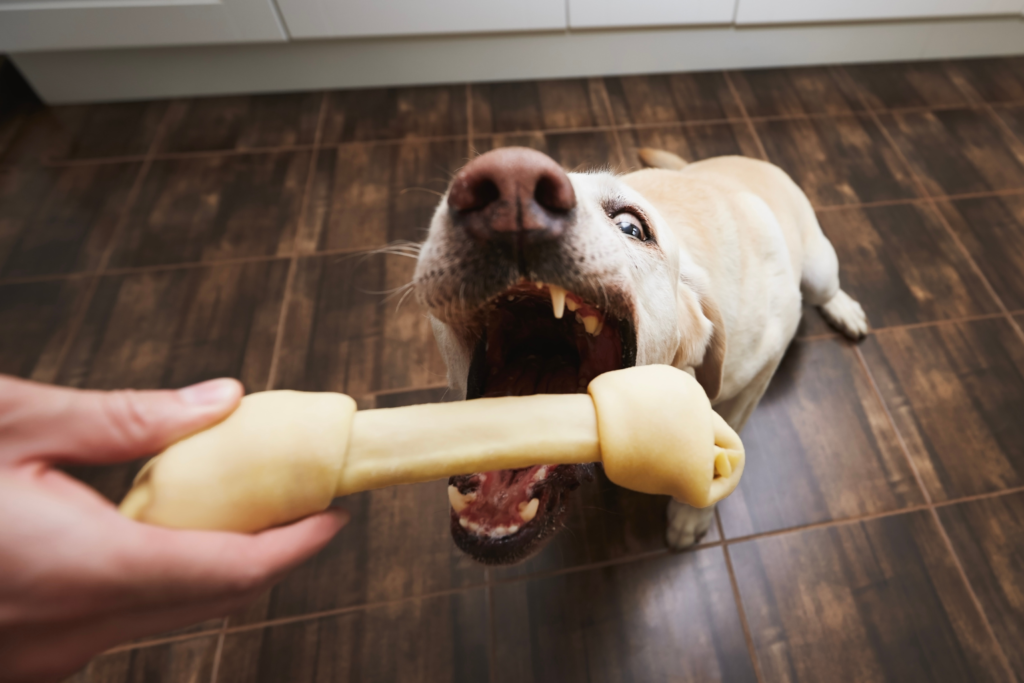Chewing, also called rumination, is the up-and-down movements and aspect-to-side actions of the decreased jaw that help reduce particles of solid food, making them more easily swallowed; teeth usually act because of the grinding and biting food.
Mastication (chewing), in which meals are crushed and combined with saliva to shape a bolus for swallowing, is a complicated mechanism concerning the opening and ultimate of the jaw, secretion of saliva, and combining meals with the tongue.
Chewing Improves a Dog’s Mental Wellness

Chewing is a physical need of a dog and a process of self-soothing. Chewing is said to be an emotional need, and it improves the function of chewing. Studies have found that chewing helps to release endorphins, which reduces stress and anxiety in the dog.
Stimulates Mental and Physical Health

It is a demanding activity which requires both physical and mental focus. It is an enrichment activity which increases your pet’s concentration. It is an alternative option to occupy your pet in an activity during the rainy season.
Chewing Appropriate Items

Chewing is said to be a completely natural and beneficial activity for dogs. We want our pets to only chew on a few things in our homes. Providing your dogs with the proper chewing helps to distinguish the things which are chewable and which are not.
It Keeps the Teeth Healthy
Once they chew on something challenging, along with a marrow bone, it helps scrape the plaque from their tooth.
Stimulates Tooth Boom

Together with helping teeth to grow, chewing on a tough substance can ease any soreness a puppy or younger dog has as the teeth push through the gums.
Relieves Stress and Boredom
If your dog is at home for a full of days, they ought to get bored and search for something to do.
Chewing Cleans Dog Teeth

When a dog chews appropriately, it will come into contact with your dog’s teeth and plaque. Tartar is the yellow substance you can see in human and dog teeth, and it can even be scraped off from proper chewing.
Chewing Increases the Saliva

Chewing increases saliva production. Dog saliva is alkaline (pH 7.5-8.0), which helps to neutralise cavity-causing acids produced by bacteria while also washing away food particles in the mouth, preventing plaque from forming in the first place.
Chewing Helps in Dental Health

Chewing enables improved dental health and reduces horrific breath. As the dog chews the bone, its enamel is cleaned, and the gums are strengthened. Processed dog ingredients are smooth and leave plaque in the back of the enamel, resulting in terrible breath and feasible heart sickness.
Jaw and Muscle Growth

Chewing helps in the growth and hardness of the muscle in the jaw region and makes the teeth stronger. It makes the jaw move rapidly and heavily on things.
Read- https://www.talkytails.com/what-to-know-adopting-a-diabetic-cat/

